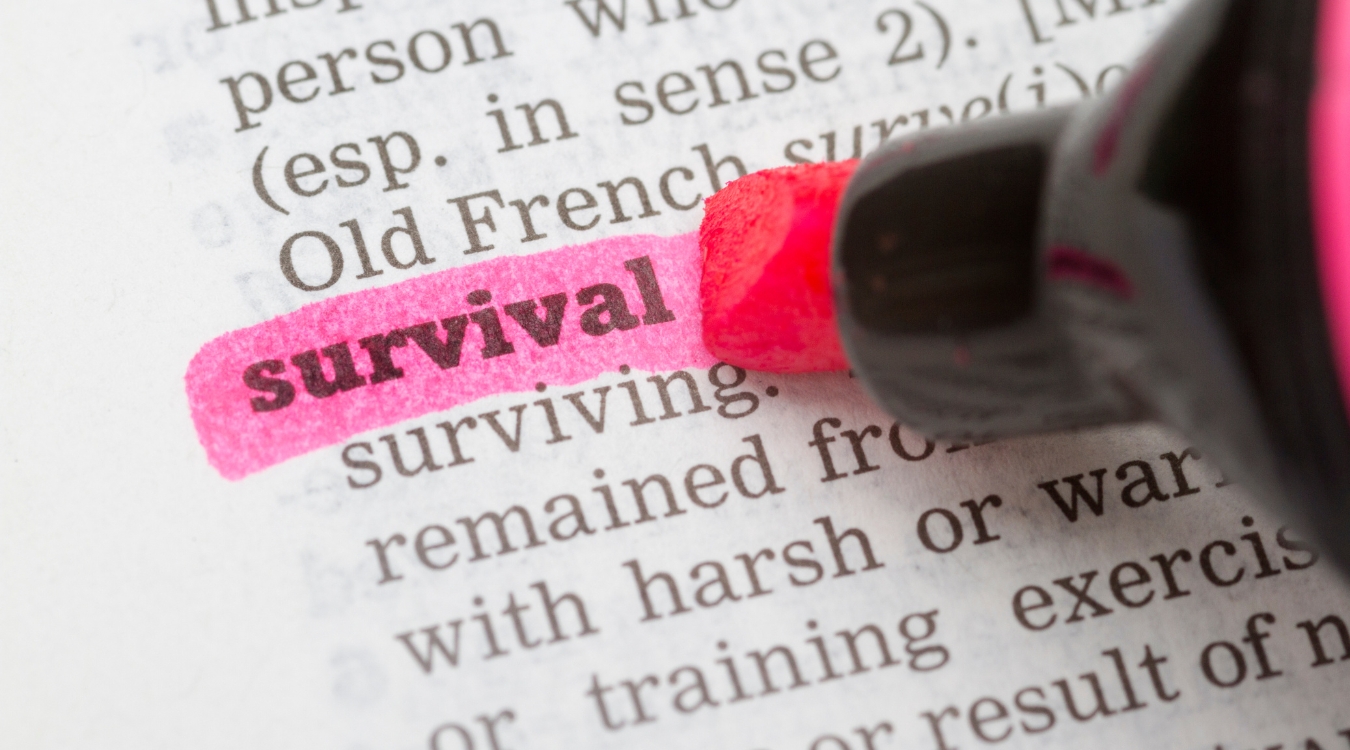No products in the cart.
Prepping & Self-Reliance
The 72-Hour Rule: Urban Survival in the First 3 Days of Crisis
In the aftermath of a disaster—whether natural or manmade—the first 72-hour urban survival model is often the most critical. Emergency services may be overwhelmed or entirely unavailable. Infrastructure could collapse. Supermarkets may be emptied, and clean water may be scarce. This is where the 72-Hour Rule comes into play: if you can survive the first three days of a crisis, your odds of long-term survival increase dramatically.
Here’s how to prepare for—and navigate through—the first 72 hours of an urban emergency.
Why 72-hour urban survival?
Emergency agencies like FEMA and the Red Cross recommend that individuals be self-sufficient for at least 72 hours after a disaster. That’s typically how long it takes for help to arrive or for essential services to be restored. In an urban environment, the risks are amplified: dense populations, limited escape routes, and a greater reliance on modern infrastructure.
Day 1 on 72-hour urban survival: Immediate Survival
1. Assess Your Situation
- Are you safe from immediate threats like fire, collapse, or violence?
- Do you need to evacuate or shelter in place?
2. Secure Water
- You need 1 gallon of water per person per day. Prioritize bottled water, water filters, or purification tablets.
- Know how to shut off your water supply if contamination is possible.
3. Establish Communication
- Use a crank or battery-powered emergency radio for news and alerts.
- Texting uses less bandwidth than calling during network overload.
4. Lock Down Your Shelter
- Secure doors and windows.
- Black out windows to avoid drawing attention.
- Don’t advertise your resources—stay discreet.
Day 2 on 72-hour urban survival: Stabilize and Plan
1. Ration Your Supplies
- Stick to shelf-stable, high-calorie items like protein bars, canned goods, and nuts.
- Avoid eating out of boredom. Create a schedule.
2. Handle Sanitation
- Have a plan for waste disposal. In a city, plumbing may fail.
- Use portable toilets, bags, or improvised methods with bleach or kitty litter.
3. Stay Informed
- Monitor news updates.
- Identify local gathering points, shelters, or relief centers (if safe to go).
4. Defensive Prep
- Urban chaos can escalate quickly. You don’t need to be armed, but you do need to be aware.
- Improvise tools for self-defense or barricade vulnerable access points.
Day 3 on 72-hour urban survival: Adapt and Improvise
1. Check Mental Health
- Panic and fatigue can lead to bad decisions.
- Take short breaks, stay hydrated, and maintain calm.
2. Help Others Wisely
- Cooperate with neighbors you trust.
- Be careful who you let into your shelter or who you share resources with.
3. Plan Your Next Move
- If the crisis persists, start identifying long-term needs:
- Alternative water sources
- Supply runs (only if safe)
- Relocation strategies
Essential 72-Hour Urban Survival Kit
- Water (1 gallon/day)
- Non-perishable food (3-day supply)
- First aid kit
- Flashlight + extra batteries
- Solar/hand-crank radio
- Multi-tool or knife
- Whistle
- Local map
- Copies of ID and essential documents
- Cash (small bills)
- Personal hygiene products
- Warm clothing and sturdy shoes
Urban survival in the first 72 hours is about staying calm, acting smart, and preparing beforehand. Don’t assume help is coming right away. In many real-life disasters, city dwellers are left to fend for themselves.
By following the 72-Hour Rule (72-hour urban survival), you give yourself a fighting chance—and potentially save lives around you. Got a tip for us? Let us know in the comment section or fill out this form.

